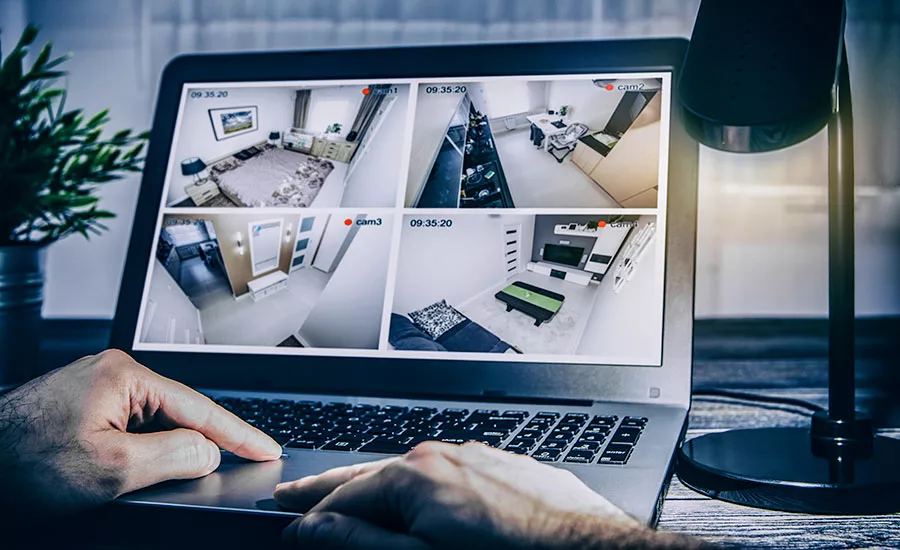How to Invest in Surveillance Technology
Making Smart Choices for Long-Term Video Surveillance

We all know that technology never remains at a standstill. But how do you keep pace with the latest innovations in surveillance systems without breaking your budget? To avoid costly overhauls or premature obsolescence, it’s important to make intelligent decisions about the products you deploy right from the start. First and foremost is to stick with products based on open standards to have the flexibility to integrate new components as needed. Other suggestions include:
1.Size Your System with Room to Expand.
Make sure the system you put in today is expandable. Even if you don’t expect to grow in the next two to five years, build in at least 25 percent more capacity than what you’re using now. You don’t have to buy all the storage and cameras upfront. But you want to be able to add onto the system because the demand for video is likely to increase as your organization becomes more familiar with the business intelligence your system can provide.
2.Set a Minimum Baseline for System Capabilities.
Think about what you want to accomplish. Separate what you have to have from what you wish you could have. That will help you determine what you can truly justify. Advanced capabilities like analytics increase upfront costs and have additional associated costs for maintenance and training of personnel to use the technology. Know that your baseline decisions will not only impact short-term costs but drive long-term costs as well. So budget and plan for complete lifecycle management including maintenance, upgrades, software updates and product replacements.
3.Involve Multiple Stakeholders in the Project.
Because video surveillance systems are so versatile, they can often be used as a shared resource. Security may focus on surveillance, but operations could use the video to glean business intelligence for marketing, merchandising, inventory control, logistics accountability and much more. The more stakeholders you involve in the project, the more opportunity you create to share expenses across departments and increase the long-term value of the system to the whole organization.
4.Choose a Reputable Vendor.
Select strategic partners who are in the security industry for the long-haul. Recent start-ups, or companies who view security merely as a side business, may not here tomorrow to support you. So check out the financial health of potential companies. Look at their track record in providing product support and system upgrades. Ask their customers how they’ve handle problems and expedited fixes. Do they offer training classes to help integrators and end-users with system design and installation so they can gain the most benefits from their investment? How readily available are their products through their distribution channels? It can be frustrating to deal with companies with a record for notoriously long backorders.
5.Select Robust, Field-Proven Products.
Make sure the products you choose have historically long mean times between failures. The last thing you want is to install a component that fails with annoying frequency, especially if it’s going to be deployed in a hard-to-reach location that would make replacement disruptive and very labor intensive. Don’t be swayed by the price tag. You might save money on the initial purchase, but if the product has a high failure rate you’ll spend a lot more in the long run supporting it through its lifecycle. And when the component is out of commission, it could leave your business vulnerable to security breaches and other risks. But even the most robust products fail on occasion. So check that the vendor has a liberal warranty policy that covers repair and/or replacement of faulty equipment.
A Final Word of Advice
There’s no real advantage to being an early adopter of new technology unless you have a very specific need that’s not being address by current technology. First purchasers usually pay a premium for being first. Wait a little while until the technology proves itself and the company has worked out all the bugs. You’ll generally end up with a more reliable product at a lower cost.
Stick with companies and products that have quality reputations. Choose products built on open standards and that are widely adopted by the industry and broadly supported. That’s the safest way to build a cost-effective surveillance solution for the long-term.
Looking for a reprint of this article?
From high-res PDFs to custom plaques, order your copy today!









